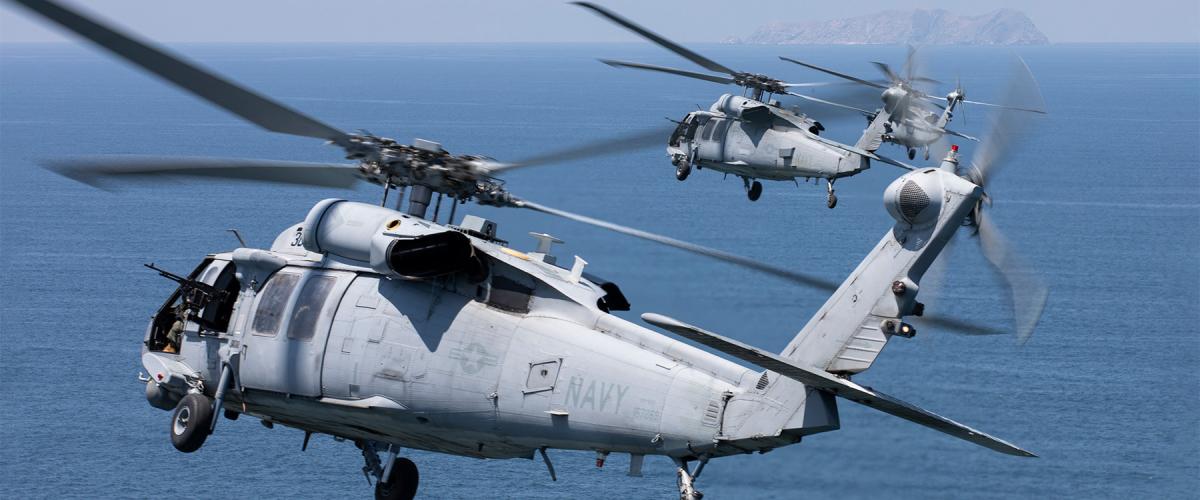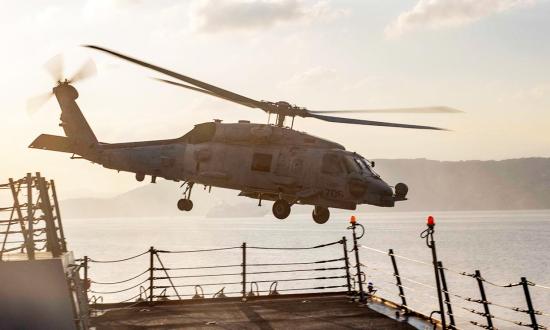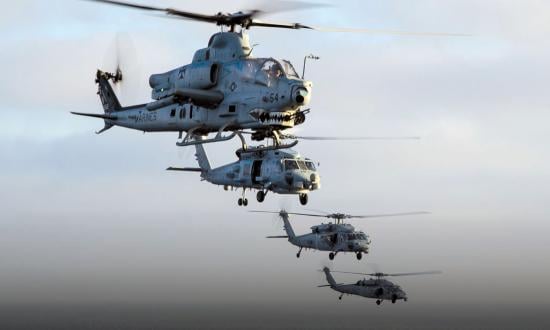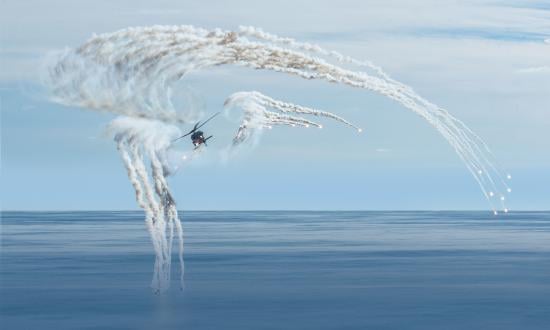On 8 August 2023, the U.S. Navy deactivated its only special operations support squadron. A target of the service’s divest-to-invest initiative, Helicopter Sea Combat Squadron (HSC) 85 was a reserve helicopter squadron based in San Diego, California, that deployed to the Indo-Pacific region to support Special Operations Command, Pacific. This divestment, colloquially known as “the shutdown,” is expected to result in defense savings of roughly $300 million in the coming years. However, this proposal disregards the broader operational flexibility HSC-85 provided to commanders in the Indo-Pacific. The lack of a dedicated special operations support squadron in the Navy could negatively affect the operational readiness of the United States in the Indo-Pacific and weaken the strategic position of the United States.
HSC-85
HSC-85, also known as the Firehawks, enabled stronger regional partnerships, a key tenet of the Indo-Pacific commander’s posture statement. The squadron was manned and equipped to maintain a deployable four-aircraft detachment. This model allowed the squadron to support various exercises—such as Cobra Gold, Talisman Saber, and Balikatan—and regional joint and multilateral exercises. The detachment regularly operated with foreign special operations forces and conventional assets. Fleet helicopter assets, often part of a carrier or expeditionary strike group, provide vital logistical and search and rescue capabilities and are not typically released to support the overland portions of such exercises. HSC-85’s proficiency validated interoperability doctrine and facilitated tactical development and evaluation.
The disestablishment of HSC-85 restricts the combatant commander’s ability to support operational requirements and respond to crises in the Indo-Pacific and could reduce U.S. freedom of action. The benefits of disestablishing HSC-85 do not outweigh the risks and long-term costs to the United States. In addition to the loss of a peacetime capability, the Navy has lost a ready reserve force.
This decision is incongruent with the Department of Defense’s recent report to Congress, which highlighted concerns about the inadequate mobilization capabilities of the U.S. armed forces in an escalation from great power competition to great power conflict. The Firehawks were the only reserve naval helicopter squadron that deployed from the West Coast. Ready reserve forces cannot mobilize quickly to augment the active force in the event of a contingency without a nucleus around which to form, otherwise risking inadequate combat effectiveness or delays in training. With funding, HSC-85 could continue to be such a force for the combatant commander to strengthen partnerships and mobilize immediately during a “break glass in case of emergency” scenario.
The Long View
Congress should not allow the Navy to make divestment decisions that affect combatant commander readiness without oversight. Shutting down a single squadron because of its unique characteristics to save money is a short-term solution. It would have been better if Congress had directed the Indo-Pacific commander to submit a risk analysis regarding HSC-85 divestment and continue funding HSC-85 until such risks were fully understood. Perhaps in the future Congress could direct the Navy and Special Operations Command to generate a cost-sharing proposal for future HSC-85 operations.
Historically, the United States has seen long periods of irregular warfare following large-scale combat operations. One need look no further than Vietnam and Iraq, where HA(L)-5 and HCS-5—the progenitors of HSC-85—forged the squadron’s legacy. The capabilities of HSC-85 generated comparative advantages for U.S. and allied forces in the Indo-Pacific, including enabling maritime special operations and multinational integration. The Navy should reconsider shutting down its most combat-experienced rotary wing squadron as the United States draws closer to conflict in the Indo-Pacific.






